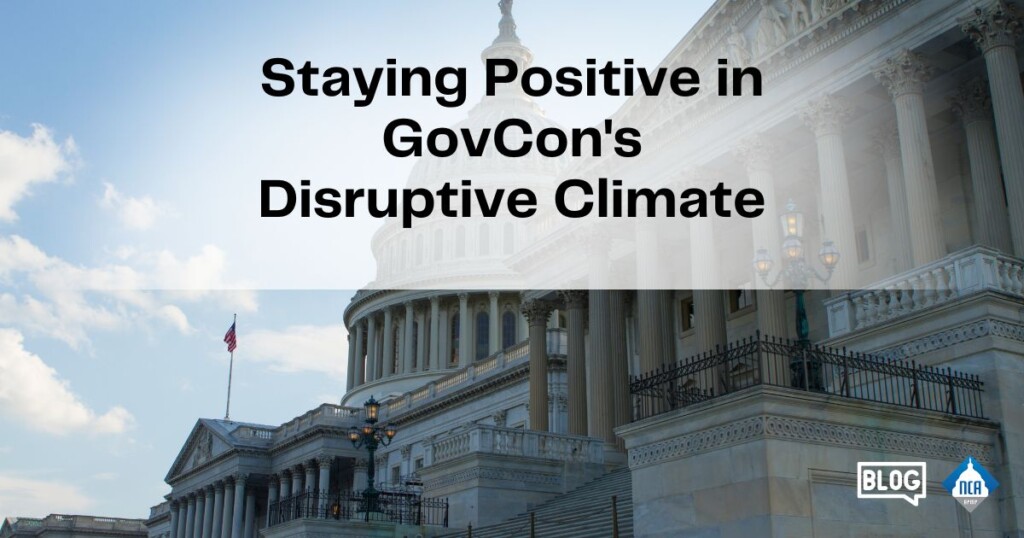Red Team Consulting’s blog republished here with permission. The original article can be found here: https://redteamconsulting.com/2023/06/27/extended-gwac-timelines/
Over the last 3-4 months, I’ve had countless conversations on the current state of affairs for GWACs and multi-award IDIQs. This of course included contracts such as NIH CIO-SP4 and GSA Polaris but also GSA OASIS+, VA T4NG2, and future GWACs such as NASA SEWP VI. These discussions included questions on how agencies are evolving the way they compete requirements, whether the Tiers in Best-in-Class contracts will remain, and why we’re seeing so many challenges in federal contracting. The contractor community at large is consumed with pondering why government procurement continues to face unpredictable timelines and protests.
Part of what drove my conversations about the challenges with GWACs is that many in the GovCon community are convinced you can’t grow without having the relevant GWACs. The fear is that agencies will drive all their work onto these vehicles, leaving those without those contracts without an avenue to serve their customers. That may have been the case a few years ago, but we are seeing a shift due to award timelines taking much longer for most GWACs and multi-award IDIQs.
First a brief history lesson on GWACs and multi-award IDIQs
Why are award timelines taking longer?
While it’s clear that procurement timelines for GWACs and multi-award IDIQs are ever-expanding, the causes are myriad and sometimes unclear. Among the reasons are these three: there are fewer procurement staff available to compete these increasingly complex contracts, the federal agencies have allocated their spend to very selective contract vehicles, and government evaluation trends have not fully matured. Clearly these issues cannot be resolved overnight.
Let’s break that down further.
1. The number of procurement staff being hired has not kept up with the increases in federal budget.
Over the last 20 years, the number of acquisition staff has continued to grow a little over 20%, while the federal budget has increased by over 40%. Further, there are three times as many in the federal acquisition workforce over the age of 60 as there are under the age of 30 – this means that within 5-10 years, we will lose a significant number of acquisition personnel due to retirement to support an ever-increasing number of contract competitions. While actions are underway to increase the acquisition workforce (such as universities implementing federal contracting courses), this will take another 10-15 years before we see a reasonable increase in acquisition staff relative to the number of contract competitions.
2. When OMB established four tiers for existing contracts or vehicles under Spend Under Management (SUM), federal agencies were directed to allocate their spend to a limited number of contract vehicles.
The top tier, Tier Three, only included those Best-in-Class Solutions, namely GWACs and other government-wide contracts like GSA OASIS. While the intent was to help decrease costs and improve buying efficiency, the government essentially created a system that provided a limited number of awards for certain companies while locking out most others for 5-10 years. This created a hyper-competitive environment where industry was inundating the government with not hundreds, but thousands of proposals. Coupling the sheer number of proposal submissions with the issue of fewer procurement staff, simply extends the timeline of these competitions.
3. Evolving evaluation techniques continue to complicate the federal acquisition process.
Government agencies are continually learning, trying, and adopting new ways to compete contracts and evaluate companies. While intentions are good, there are still vast differences in federal solicitations from agency to agency even when they are replicated (e.g., scorecards). The GovCon community is adept at identifying inconsistencies and imperfections in new procurement techniques, then protesting to seek fair remedies. These protests inevitably end up prolonging the federal acquisition lifecycle – and sometimes killing multi-award contracts that have already taken 2-3 years to compete.
What does this all mean?
Over the last 10 years, GWAC and multi-award IDIQ contract award timeframes have remained fairly consistent – they’ve taken between 2-3 years to compete and award. What’s changed is that these competitions are now more public, more significant, and more complex. Bidding on these contract vehicles now takes significant time and resources, and even when successful, they bring no guaranteed income.
What’s a government contractor to do?
Despite the award delays for the vast majority of these GWACs and IDIQs, businesses continue to grow. How is the government continuing to award these contract dollars despite the lack of readily available “Best in Class Tier Three” contracts (i.e. GWACs) or multi-award agency based IDIQs? Because the business of government must continue regardless of acquisition challenges – most agencies will ultimately use whatever contract mechanisms are at their disposal to get to the companies they know and trust.What does all this mean? Even if you don’t have one of these mainstream IDIQs or a GWACs, don’t worry. Even if the source selection process has taken well over two years, don’t worry. And even if the government continues to press ahead with Tier Three contracts, don’t worry. If you do the necessary networking, relationship building, and capture planning, you will win the business. You may need to work with your customer to recommend the use of GSA MAS, a multi-award BPA, or an existing contract vehicle (e.g., SEWP V as a subcontractor). Ultimately the government will find a way to award work using an alternate contract vehicle or approach.The bottom line? Go back to basics and don’t plan your growth based on just winning these GWACs and multi-award IDIQs. Focus on building your knowledge and relationships with government customers. We still advise putting your best foot forward in responding to these GWACs. But if you don’t get an award or the procurement is cancelled, you will still survive, and quite possibly thrive without it.



